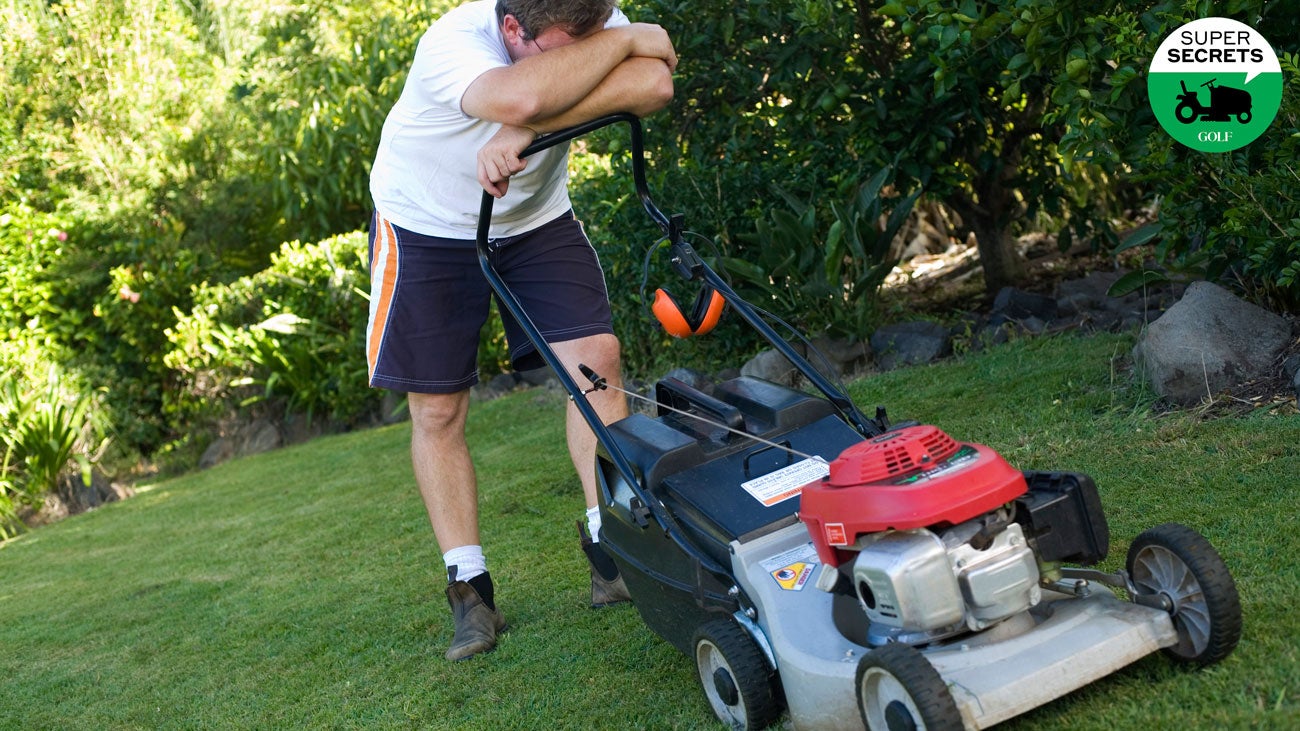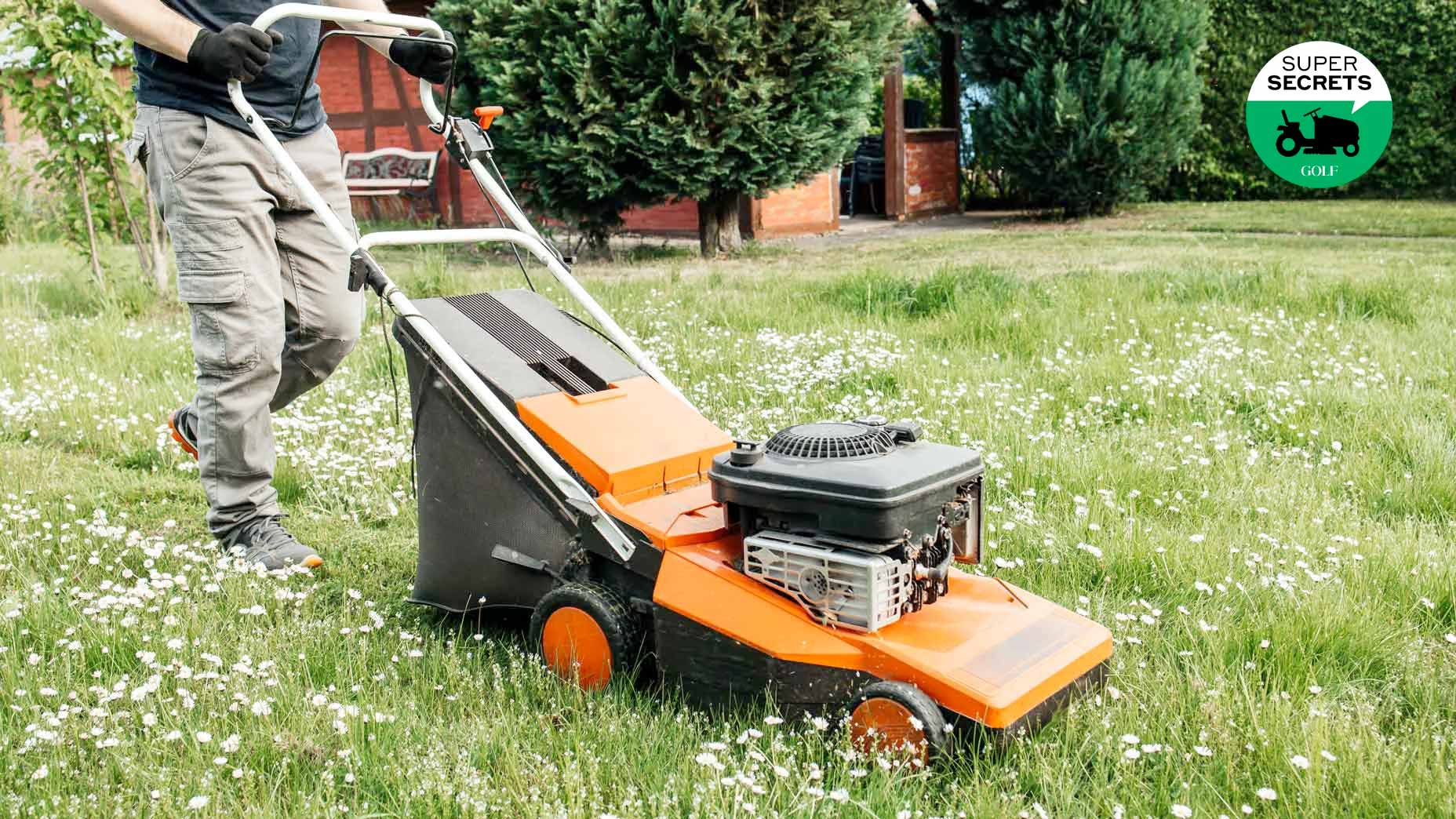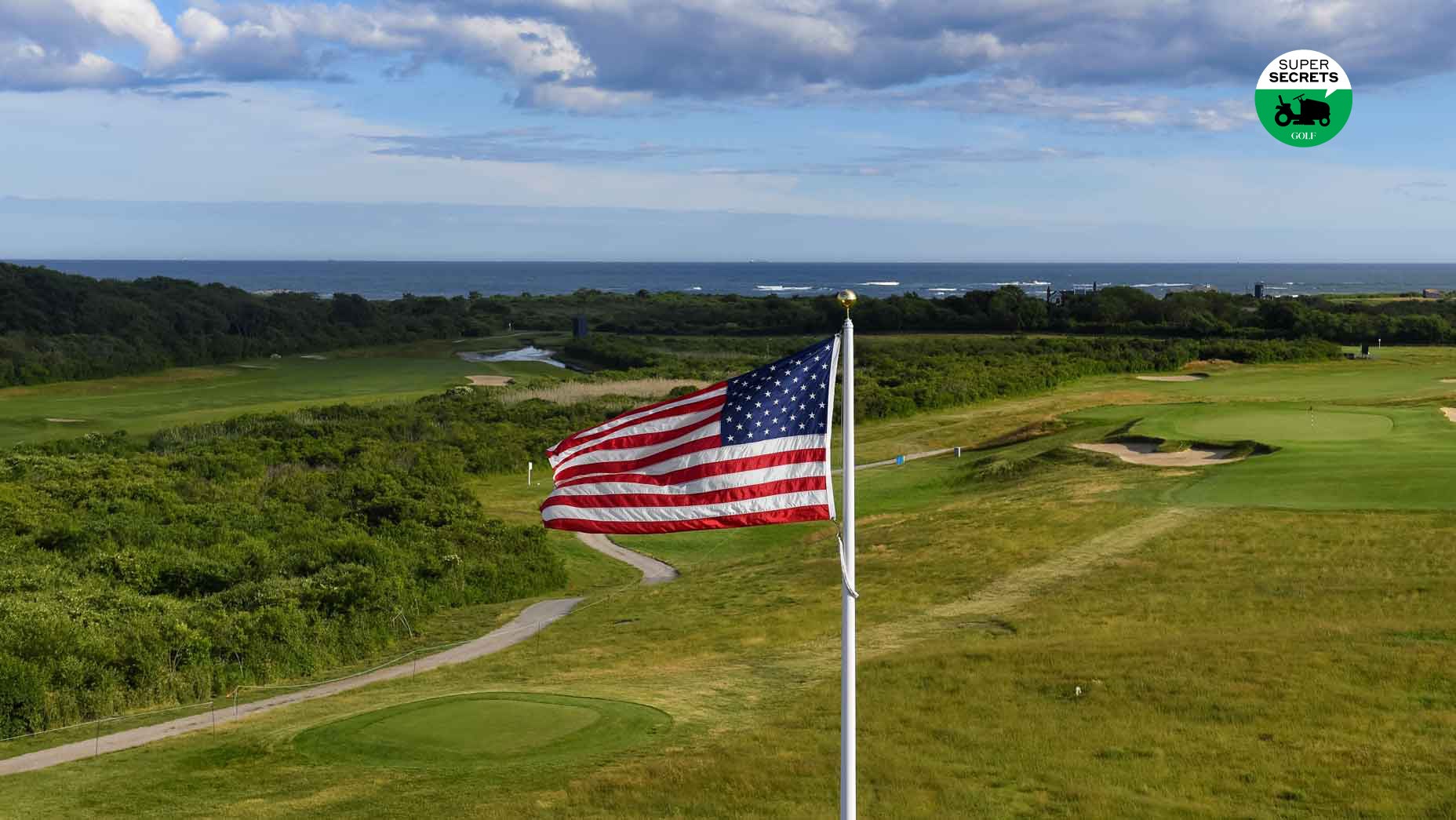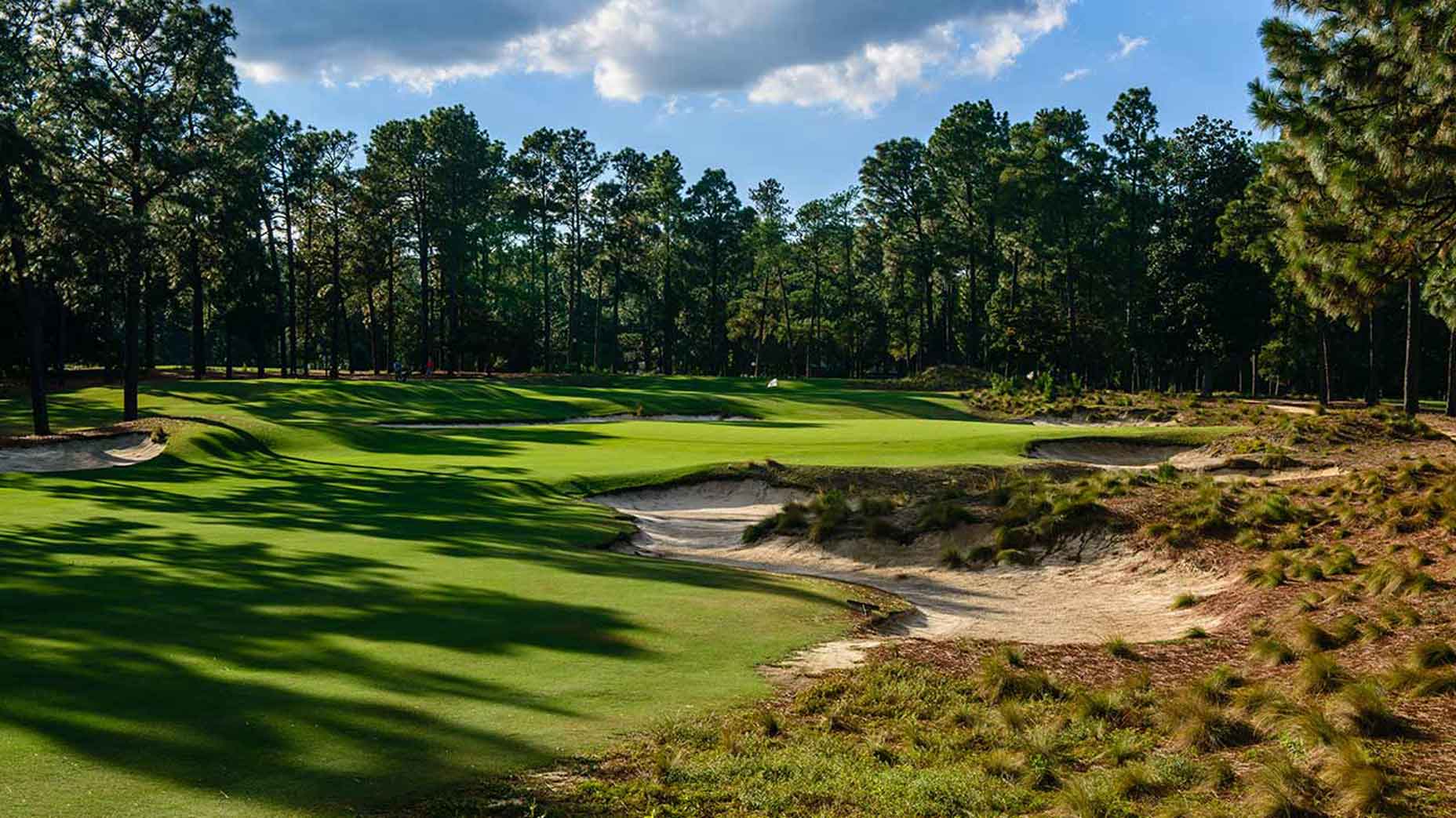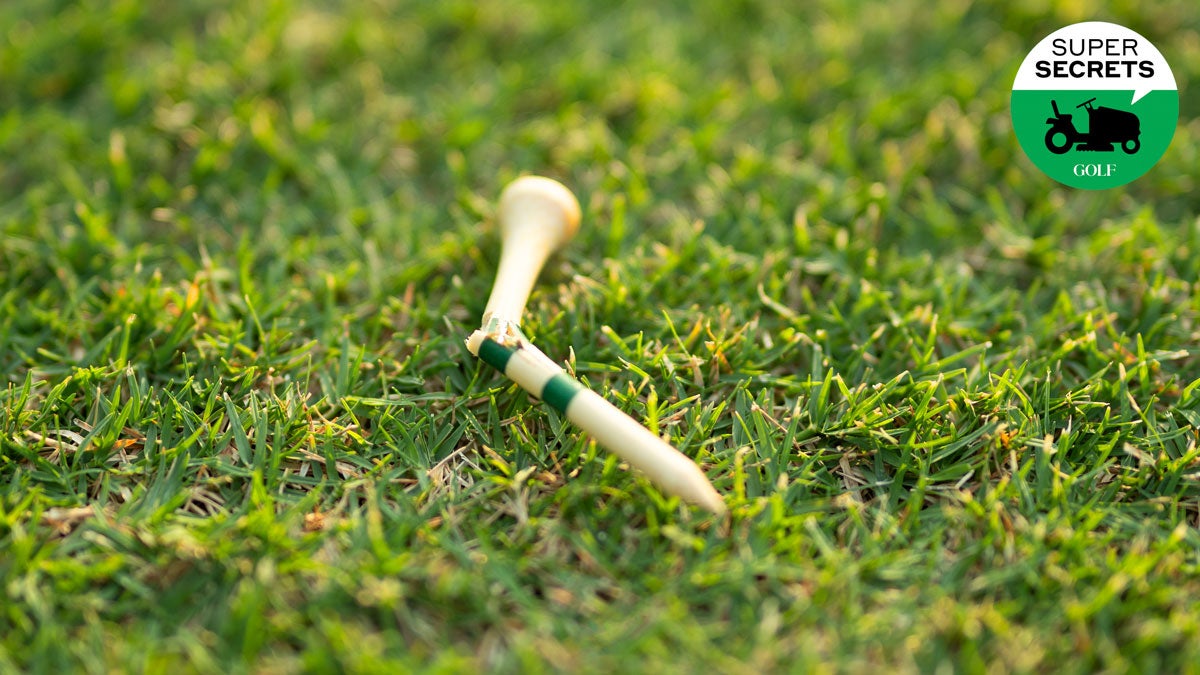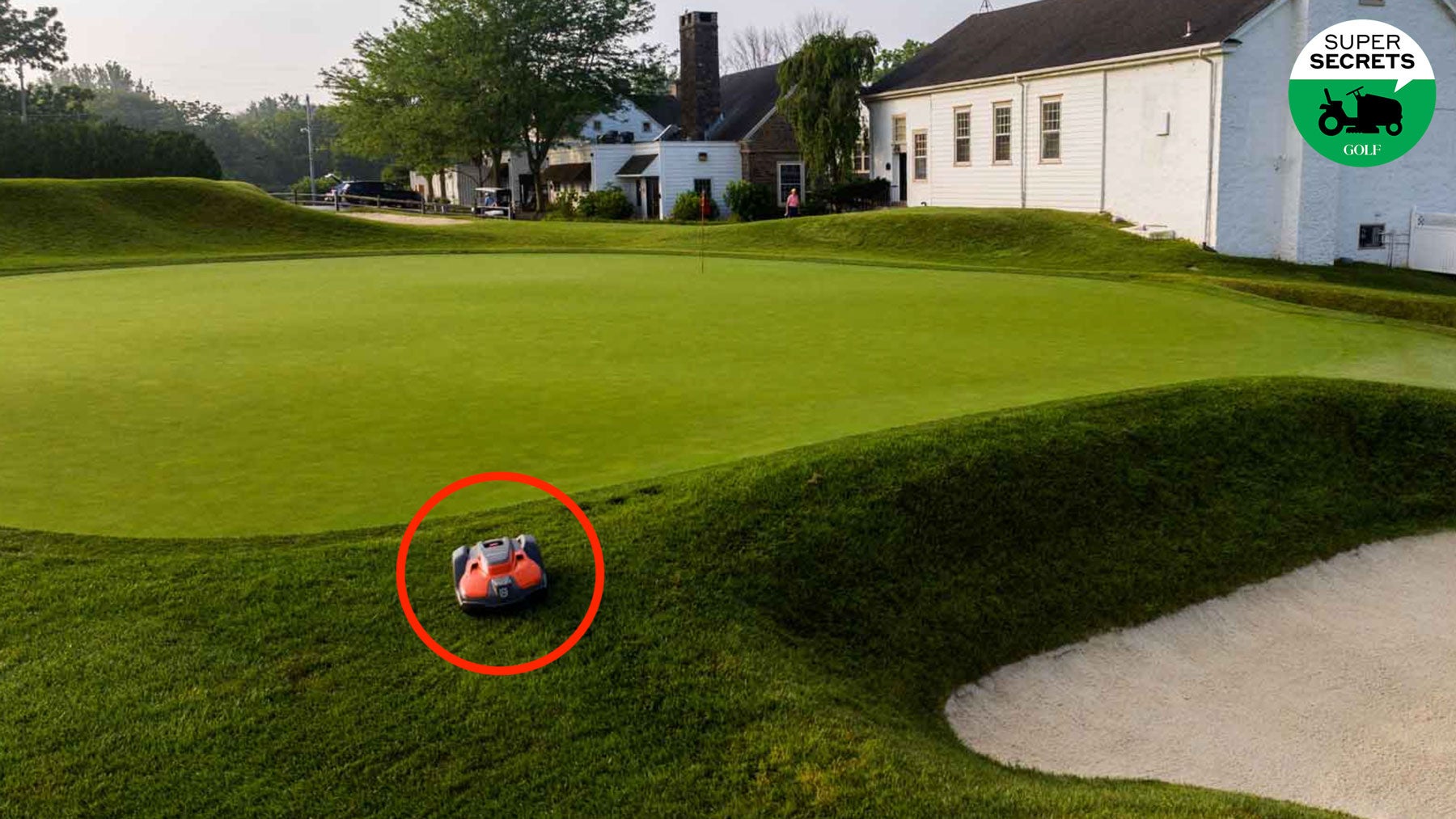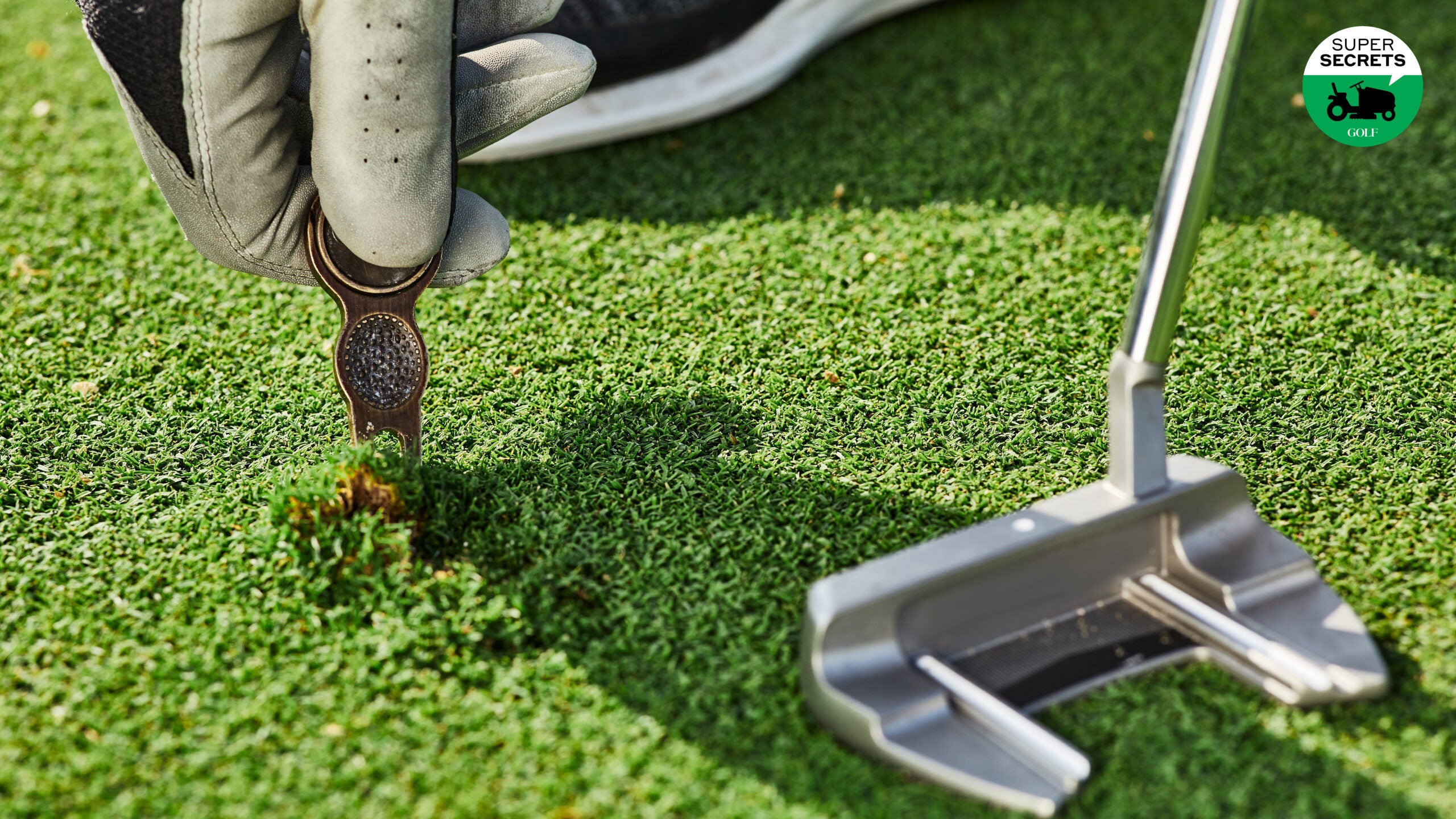Why are Florida greens rolling so slowly? A superintendent explains
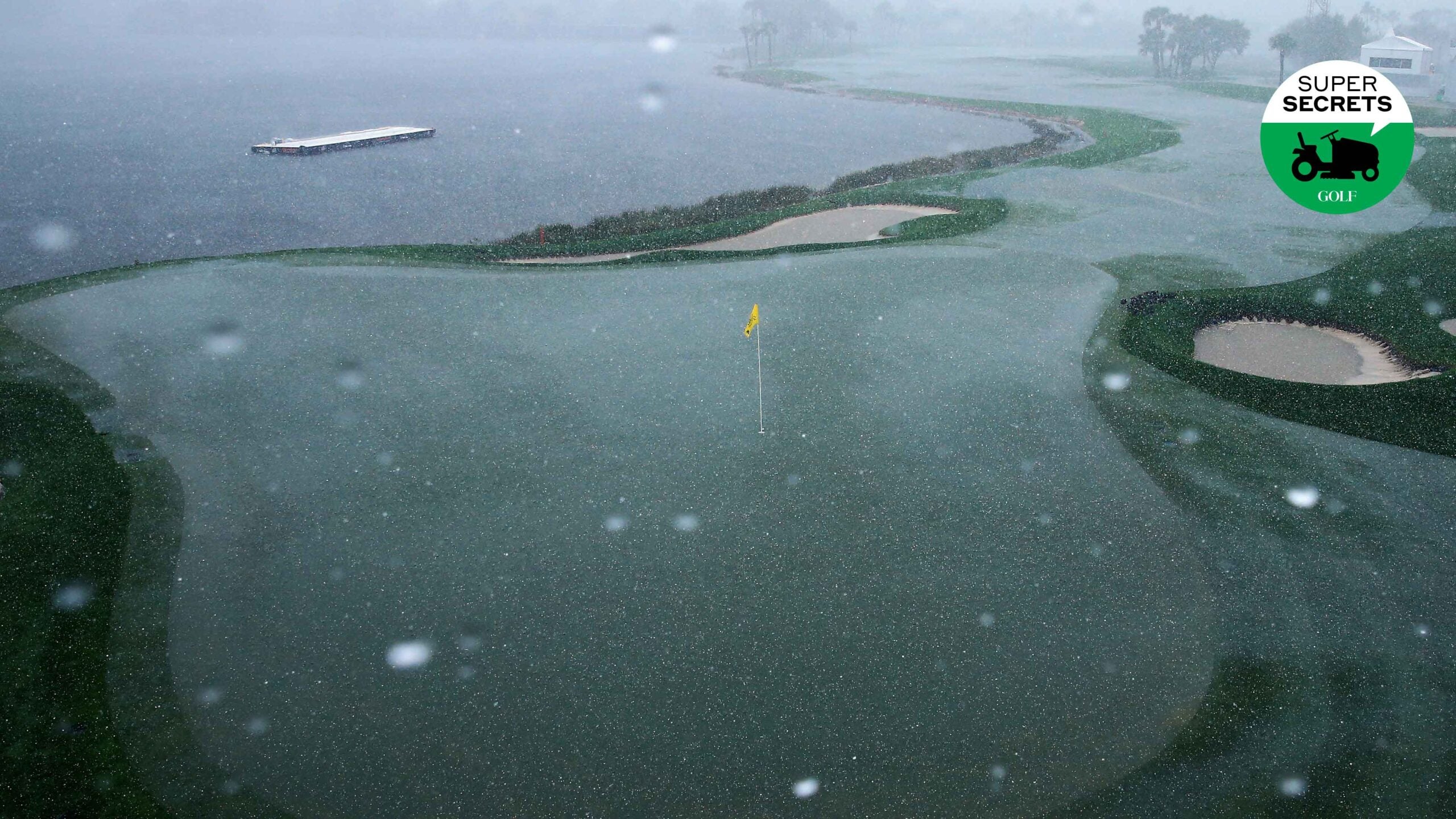
After a string of warm, dry winters, Florida weather this year has been wet and wild
Getty Images
Do you know the difference between La Niña and El Niño? The distinction is important to your command of Spanish. It’s relevant to your golf game, too.
The terms refer to opposing weather patterns, both of which affect course conditions. Nowhere is that more apparent than in Florida this year.
Coming off a string of La Niña winters, which brought warm temperatures and bright skies to the Sunshine State, Florida is in the throes of a powerful El Nino, which plays the role of La Niña’s pesky twin. Linked to warming sea temperatures in the Pacific, El Niño has brought the inverse of what its sibling offered. That is: cloudy skies, cooler-than-normal temperatures and increased precipitation, most notably in the golf haven that is Southwest Florida.
Those conditions are tough on turf, which makes them stressful for superintendents, as Bill Davidson well knows. Davidson is the superintendent at the Country Club of Naples, and a 31-year member of the Golf Course Superintendents Association of America.
We asked him about the impacts of El Niño on course conditions, how superintendents have responded, and what golfers should expect as a result.
The forecast
Word that an El Niño was likely on its way became widespread this past summer, Davidson says, when precipitation patterns were noticeably different than they’d been in recent years. While the southwest coast of Florida received about one-third of its usual rainfall, the east coast of the state was hit with three times the norm. All signs pointed toward El Niño. Sure enough, by early December, the usual start of the dry season, cooler temperatures and rain had settled in over much of Florida. “The prediction,” Davidson says, “was spot-on.”
The impact
At Country Club of Naples this winter, Davidson says he has encountered standing water in places where he’s never seen it in his 16 years tending to the course. The cooler temperatures don’t help. But a bigger issue, Davidson says, is the stubborn cloud cover, which prevents the sun from drying out the ground. Wet turf, of course, means softer conditions. But that’s not all. “No sun also means no photosynthesis,” which the grass depends on for survival. Turf growth slows, so the course can’t recover from wear and tear as quickly. Divots and ball marks linger longer. What’s more, Davidson says, saturated soil makes a welcoming environment for fungus and other diseases. Wet ground, Davidson says, brings the risk of rotting roots.
The response
The first recourse is to let the grass grow longer by raising mowing heights and cutting less often. The longer the grass, the more surface area on its leaf blade, which allows it to absorb more sunlight. Davidson likens it to expanding the size of solar panels. It’s a crucial step in persistently cool and overcast conditions. At Country Club of Naples, Davidson says he’s raised the height of his fairways and greens by 25 percent. In real terms, that’s not a lot; we’re talking fractions of an inch. But it has an impact on playing conditions. Take the greens, for instance. This winter, Davidson says they’re rolling at 9 to 9.5 on the Stimp when they usually roll around 11.
The playing conditions
In warm and sunny weather, superintendents can get their courses running firm and fast. “But with this weather,” Davidson says, “speed can kill.” Cut the grass too short, and you risk its survival. That’s another way of saying that golfers would be wise to adjust their expectations. In this El Niño winter, they shouldn’t be surprised by slower-rolling greens and fairways that provide less run-out. Nor should they be shocked by the greater likelihood of mud-balls and plugged lies. The rain and cold can affect bunkers, too, leading to algae blooms and compacted sand. At the same time, Davidson says, course operators should understand how El Niño affects budgets. Stressed turf can require extra fertilizer and other applications. “We’re spraying more fungicide down here than ever and they’re not cheap,” he says. “We’re also putting down more ropes and stakes to minimize the wear and tear from traffic that doesn’t heal.”
And, despite the weather, there’s been plenty of traffic at courses all around the region, owing to what Davidson calls ‘surge golf’ “Meaning it’s been so sh&tty, that when it’s good, they’re coming out of the workweek to play and beat balls on the range,” he says.
A super perspective
Superintendents are lightning rods for golfer complaints. They’re used to being blamed for things that are beyond their control. El Niño is one such thing. “Our only defense,” Davidson says, is the credibility that comes from responding appropriately to challenging weather conditions. That, he says, “and great communication skills.”


